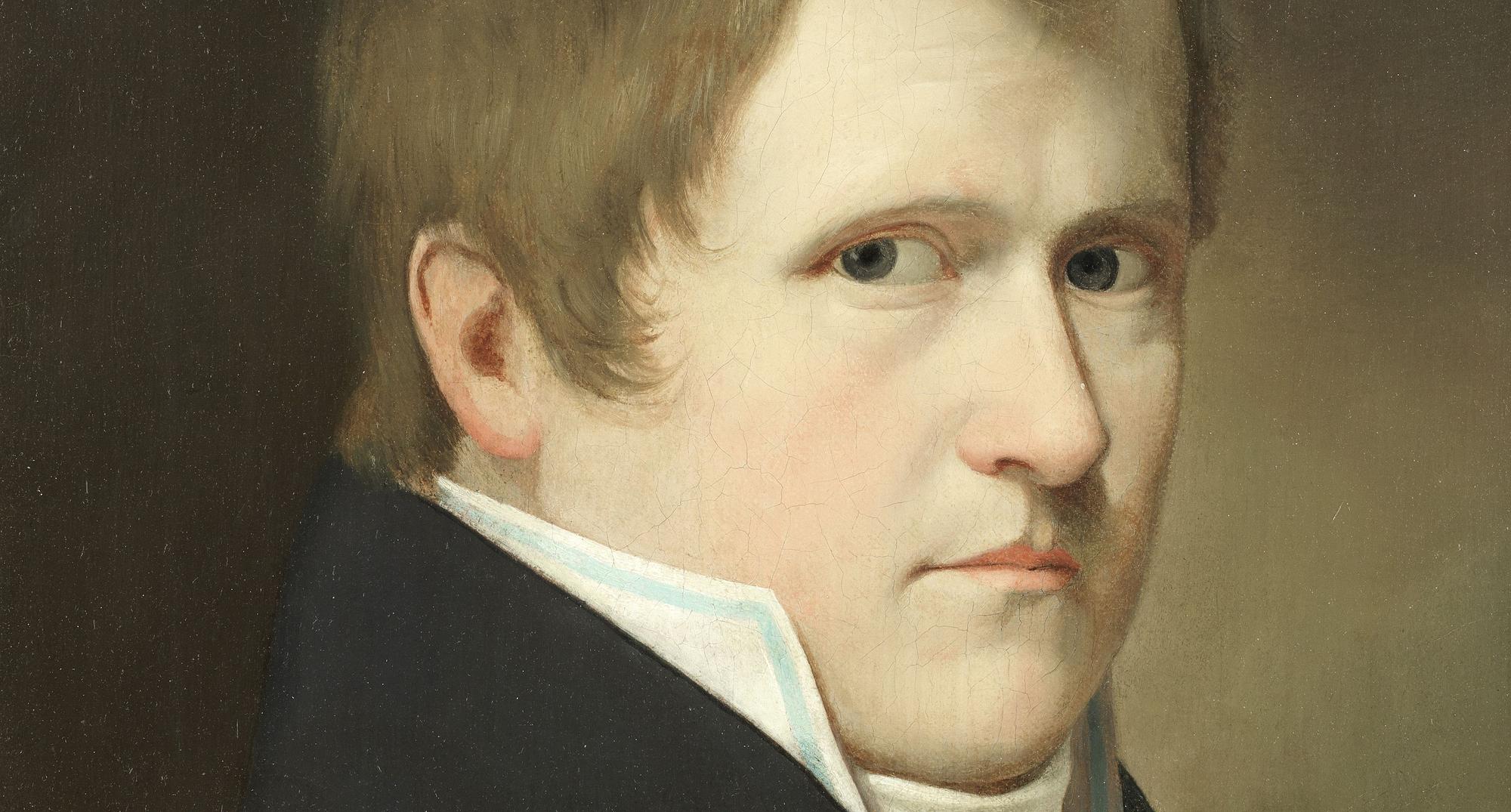
A rare self-portrait by C.W. Eckersberg
With funding from the Augustinus Foundation, The Hirschsprung Collection has acquired a rare self-portrait by the great painter of the Danish Golden Age, C.W. Eckersberg (1783–1853). The portrait is an example of the style that the artist would later turn into the very quintessence of the Danish Golden Age.
C.W. Eckersberg was a professor at the Royal Danish Academy of Fine Arts from 1818 all the way up until his death in 1853. Today he is counted among the key figures of the Danish Golden Age. He has even been given the moniker ‘the father of Danish painting’ because of his tremendous impact on so many artists of the generation that followed him. Eckersberg’s students include major artists such as Wilhelm Bendz, Constantin Hansen, Christen Købke and Jørgen Roed.
Eckersberg was a prolific painter of portraits, and for some time he was Denmark’s most sought-after portrait painter. Even so, he did only very few portraits of himself. Besides the work newly acquired by the Hirschsprung Collection, only one other self-portrait by this artist can be found at Danish museums, specifically at the National Gallery of Denmark.
.jpg)
A unique painting within Danish art
This self-portrait is an early work by the artist, painted in Paris around 1811 when Eckersberg studied under the French neoclassical artist Jacques-Louis David (1748–1825). David was one of the most famous artists of the era, and the time spent at his school was pivotal to Eckersberg’s development as an artist. David placed great emphasis on the study of nature, teaching his students to observe and depict living models with scrupulous care and attention to detail. Eckersberg incorporated this meticulous approach to the study of nature in his own work, taking the lessons learnt back home with him to Denmark and passing them on to his students at the art academy when he himself became a professor there.
The painting testifies to a young artist finding his feet in a strange land. Pursing his lips in concentration, the young Eckersberg scrutinises his own features with an inquisitive eye. He is dressed in accordance with the fashion of the day with a high collar, his hair brushed forward just as we see it in portrait of the French emperor, Napoleon (1767–1821). The picture is quite unique within all of Danish art, encompassing the entire narrative about Eckersberg’s development and subsequent impact on Danish art history. It stands as an example of the artist’s painstaking observation of himself, reflecting ideals that he would later make part of the essence of the Danish Golden Age.
The self-portrait was owned by a British collector from 1992 onwards, but now, thanks to the support of the Augustinus Foundation, the work has returned to Danish soil.